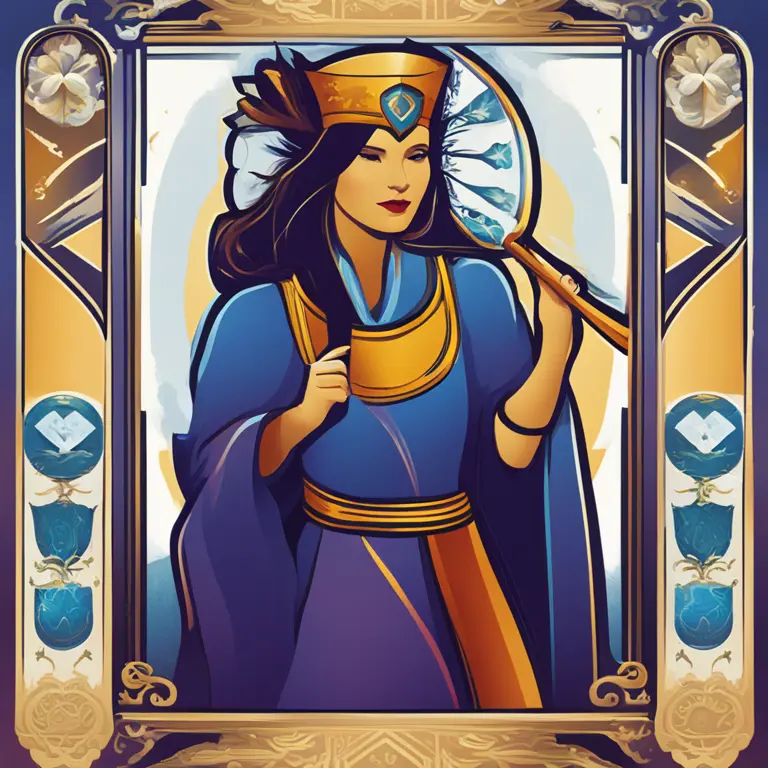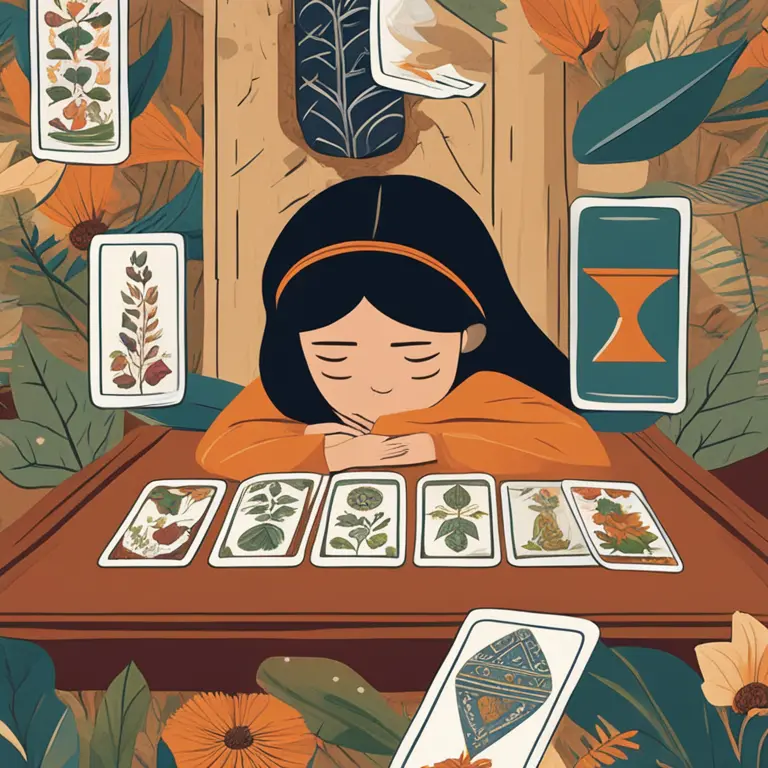
What is Tarot?
The ancient practice of tarot has intrigued and guided countless individuals through its rich symbolism and mysterious imagery. Tarot is a deck of 78 cards, each with its own vibrant illustrations and deep meanings. It is often used for personal insight, self-reflection, and as a tool for making sense of complex life situations. The tarot deck is divided into two primary sections: the Major Arcana, consisting of 22 unique cards that represent major life themes and lessons, and the Minor Arcana, which is akin to a traditional deck of playing cards with four suits but includes 56 cards reflecting everyday events and challenges.

Getting Your First Deck
For beginners, choosing your first tarot deck is a pivotal step in your journey. It's essential to feel connected to the imagery and style of the deck. While traditional decks such as the Rider-Waite-Smith are excellent for starters due to their clear symbology, you are encouraged to explore and find a deck that resonates with your aesthetic and intuitive preferences. In 2024, with the rise of independent artists and creators, the variety of available decks has never been richer, allowing for a deeply personal choice.

Understanding Tarot Spreads
Tarot readings typically involve a 'spread'—a particular way of laying out the cards. Each position in the spread has a specific meaning related to your question or situation. Popular spreads for beginners include the simple Three-Card Spread, representing past, present, and future, and the Celtic Cross, which offers a more detailed overview of a particular issue. Practice with different spreads to find which ones serve you best, and don't be afraid to modify them to suit your personal style.

Interpreting the Cards
The core of tarot is interpretation. Each card carries with it a range of meanings, and your intuition plays a crucial role in discerning relevant messages. While guidebooks and resources are helpful, especially as tarot meanings continue to evolve with collective consciousness, trust your inner voice to bring the cards' messages to life. Also, consider both the individual meanings of cards and how they interact with each other within the spread to weave a coherent narrative.

Cleansing and Connecting with Your Deck
To enhance your practice, it's vital to connect with your tarot deck. Spend time handling the cards, shuffling them, and letting your energy infuse with theirs. Additionally, keeping your deck cleansed—through rituals like placing them under moonlight or using sage or palo santo—is key to maintain clarity in your readings. As new cleansing methods emerge, combining traditional customs with modern practices can significantly personalize your tarot experience.
The Ethics of Tarot Reading
As with any divinatory practice, ethics are paramount in tarot reading. When reading for others, it is essential to approach the practice with respect, confidentiality, and sensitivity. Avoid making fatalistic predictions or substituting tarot readings for professional advice in areas like health or legal matters. Instead, use tarot as a tool for empowerment, offering insight and perspective rather than definitive answers.
Practicing and Learning
Finally, the key to becoming adept at tarot reading is practice. Integrate daily card pulls into your routine to familiarize yourself with the deck and its meanings. Online communities, workshops, and courses are more accessible than ever in 2024, providing ample opportunity to learn from experienced tarot readers. Remember, your journey with tarot is deeply personal and ever-evolving. Embrace the learning process and let your intuition guide you.
Published: 2/8/2024
Modified: 2/8/2024
More predictions
Come back here soon to learn more about yourself and your future


The Zodiac Constellations: Celestial Insights and Personal Projections
Delve into the world of zodiac constellations and how they provide profound insights into personality traits, life events, and astrological forecasts for 2024 and beyond.


The Zodiac Libra: Balancing Beauty and Justice
Dive into the harmonious world of Libra, the zodiac sign of balance and beauty, as we reveal what makes Librans unique in astrology.